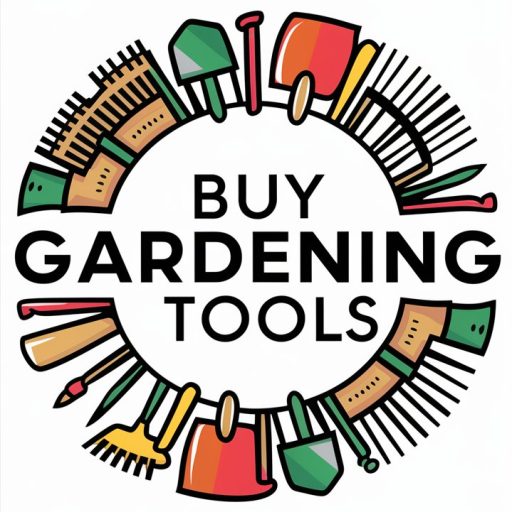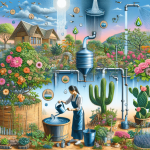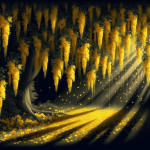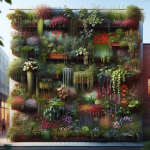This post may contain affiliate links. As an Amazon Associate, we may earn commissions from qualifying purchases.
“How Do I Incorporate Edible Flowers Into My Landscape Design?”
Have you ever thought about adding a touch of beauty to your garden that also benefits your taste buds?
The Charm of Edible Flowers
Edible flowers are more than just a feast for the eyes; they can transform your garden into a vibrant and practical space. Imagine stepping into your yard and picking petals to garnish your salad or pluck a few blooms to add to a pitcher of lemonade. It’s like having a dual-purpose garden – aesthetic beauty and culinary delight all in one.
Edible flowers have been used in culinary traditions around the world for centuries. Ancient Greeks, Romans, and Chinese all included flowers in their cooking, and today, you can easily bring this timeless tradition into your own backyard. Believe it or not, introducing edible flowers to your landscape isn’t as complicated as it may seem.
Why You Should Consider Edible Flowers
You might be asking yourself, “Why should I even bother with edible flowers?” Good question. Aside from their obvious beauty, edible flowers can provide a range of benefits:
- Aromatic appeal: Many edible flowers offer delightful fragrances.
- Pollinator magnets: They attract beneficial insects like bees and butterflies.
- Unique flavors: Add novel tastes and textures to your dishes.
- Space efficiency: Maximize the utility of your garden space.
These flowers can add more than just aesthetic value to your landscape; they can contribute to a more sustainable, eco-friendly, and flavorful garden.
Preparing Your Garden for Edible Flowers
Before planting, it’s crucial to prepare your garden appropriately. This involves selecting the right location, understanding your soil type, and deciding whether to use seeds or young plants.
Choosing the Right Location
Edible flowers need specific growing conditions to flourish. Most of them require plenty of sunlight, well-drained soil, and a bit of elbow room to grow.
- Sunlight: Most edible flowers need at least 6 hours of direct sunlight per day.
- Space: Ensure they have enough space to spread out without crowding other plants.
- Drainage: High-quality soil with good drainage is essential.
Finding the perfect spot might require a bit of trial and error, but once you find the sweet spot, your flowers will thrive.
Understanding Your Soil
Soil plays a huge role in the health of your edible flowers. Conduct a soil test to determine its pH level and its composition. Most edible flowers prefer a slightly acidic to neutral pH (around 6.0-7.0).
- Organic Matter: Enrich the soil with compost or organic matter.
- Texture: Aim for loamy soil, which is a balanced mixture of sand, silt, and clay.
If your soil isn’t perfect, don’t worry. Amendments like compost and peat moss can improve your soil’s structure and fertility.
Seeds vs. Young Plants
Deciding whether to start from seeds or young plants depends on your patience and gardening expertise.
| Seeds | Young Plants |
|---|---|
| Cheaper | More expensive |
| Takes longer to mature | Quicker to mature |
| Wider variety | Limited variety |
Seeds require more patience and care initially but offer a wider variety. On the other hand, young plants are more expensive but less time-consuming, ideal if you want to see immediate results.
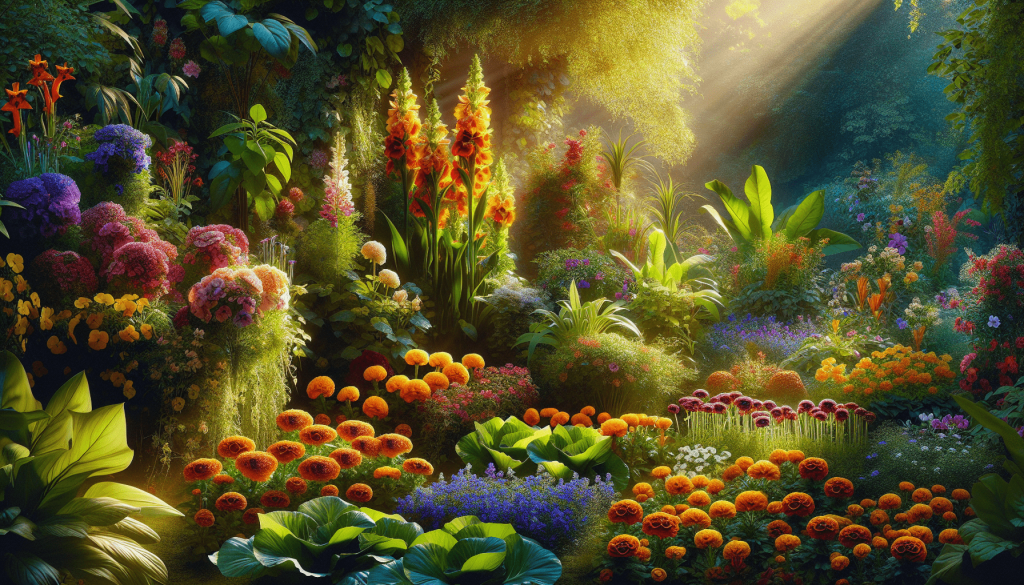
Selecting the Right Edible Flowers
Choosing the right edible flowers for your garden can be a delightful, if somewhat overwhelming, task. Some flowers are easier to grow, while others are more challenging but offer unique flavors and aesthetics.
Popular Edible Flowers
Here are some popular edible flowers that are relatively easy to grow and versatile in the kitchen:
| Flower | Flavor | Ideal Growing Conditions |
|---|---|---|
| Viola (Pansy, Violet) | Sweet, slightly lettuce-like | Full sun to part shade, well-drained soil |
| Nasturtium | Peppery, similar to arugula | Full sun, poor to average soil |
| Calendula (Pot Marigold) | Spicy, tangy, similar to saffron | Full sun, well-drained soil |
| Borage | Cucumber-like | Full sun, rich soil |
| Chamomile | Apple-like | Full sun to part shade, well-drained soil |
Each flower offers a unique taste profile and can be used in various culinary applications. For example, nasturtiums can spice up your salads, while chamomile is perfect for calming teas.
Unique and Unusual Edible Flowers
If you’re looking to add something unique to your garden, consider these less common but equally delightful edible blooms:
| Flower | Flavor | Ideal Growing Conditions |
|---|---|---|
| Hibiscus | Cranberry-like, tart | Full sun, rich, well-drained soil |
| Lavender | Sweet, slightly citrusy | Full sun, well-drained soil |
| Saffron Crocus | Bitter, strong hay-like aroma | Full sun, well-drained soil |
| Daylilies | Sweet and crunchy | Full sun to part shade, moist, well-drained soil |
| Pineapple Sage | Sweet, pineapple-like | Full sun, rich, well-drained soil |
These unique flowers not only add visual interest but also bring an exotic twist to your cooking.
Incorporating Edible Flowers into Your Landscape Design
Now that you’ve selected your flowers, it’s time to get creative with how you incorporate them into your landscape design. Think of your garden layout as a canvas where you can blend functionality with aesthetic appeal.
Layering Your Flower Beds
Layering is a common landscaping technique that involves planting flowers of varying heights to create depth and visual interest. Place taller flowers like sunflowers or hollyhocks at the back of your beds, mid-height plants like calendula or chamomile in the middle, and shorter varieties like violets or nasturtiums in the front.
Mixing Edibles with Ornamentals
Combining edible flowers with ornamental plants can make your garden look more natural and less like a traditional vegetable patch. This not only enhances visual appeal but also encourages beneficial insects and helps with pest control.
- Color Coordination: Choose flowers whose colors complement each other.
- Seasonal Blooms: Plan your garden so that something is always in bloom.
Creating Functional Spaces
Design your garden with specific purposes in mind, such as a tea garden, salad patch, or even a cocktail area. Imagine walking through a garden where each section serves a delicious purpose.
Garden Paths and Borders
Edges and pathways in your garden can be lined with low-growing edible flowers. Use stepping stones surrounded by thyme or lavender, or create a border with marigolds and pansies.
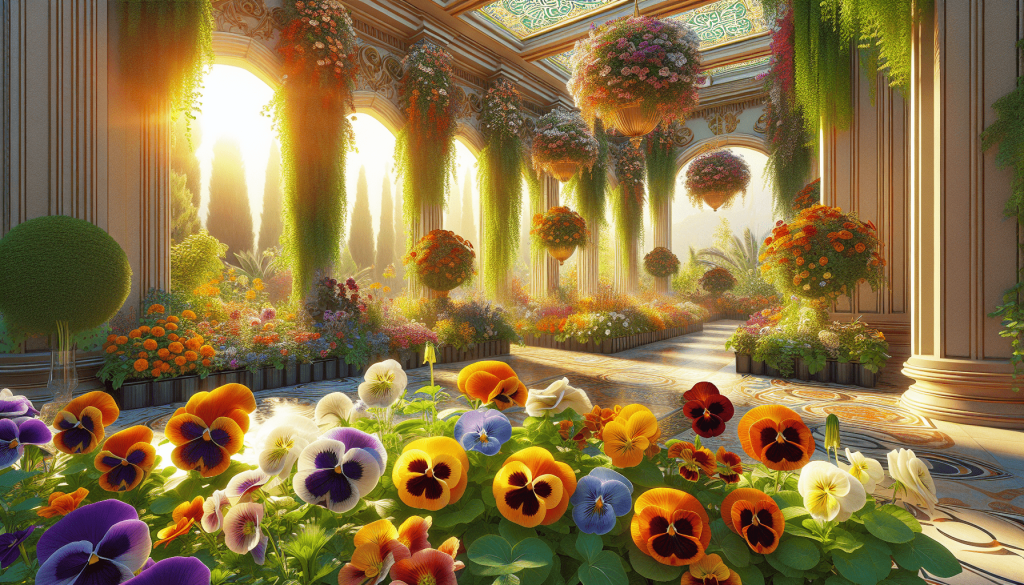
Caring for Your Edible Flowers
Once planted, edible flowers require proper care to ensure they thrive.
Watering
Water your flowers deeply but less frequently to encourage root growth. Overwatering can lead to root rot and other plant diseases. Most edible flowers need about 1 inch of water per week.
Fertilizing
Use organic fertilizers to nourish your flowers while keeping them safe for consumption. Compost, fish emulsion, and seaweed extract are excellent choices.
Pest Control
Since you’ll be eating these flowers, avoid chemical pesticides. Instead, use natural methods such as neem oil, diatomaceous earth, or beneficial insects like ladybugs to control pests.
Pruning and Deadheading
Prune regularly to encourage new growth and deadhead spent blooms to keep your flowers looking their best and prolong their blooming period.
Harvesting and Using Edible Flowers
Harvesting your edible flowers at the right time ensures the best flavor and shelf life.
When to Harvest
The best time to harvest is early in the morning when the flowers are at their freshest. Choose flowers that are just beginning to bloom for the most delicate flavor.
How to Harvest
Use clean, sharp scissors to snip the flowers. Avoid touching them too much as the oils from your fingers can affect their flavor and cause them to wilt faster.
Cleaning and Storing
Gently rinse the flowers under cold water and pat them dry with a paper towel. Store them in a single layer on a damp paper towel in an airtight container and keep them in the refrigerator. Most edible flowers will last a few days when stored this way.
Culinary Uses
The versatility of edible flowers is impressive. Here are some common uses:
- Salads: Add color and unique flavors.
- Teas: Infuse petals for aromatic and soothing drinks.
- Desserts: Use as garnishes for cakes, cupcakes, and cookies.
- Beverages: Add to cocktails, lemonades, and flavored syrups.
- Herbal Remedies: Medicinal properties for teas and balms.
Final Thoughts
Incorporating edible flowers into your landscape design is a fantastic way to create beauty while adding utility to your garden. It’s an undertaking that rewards you not only with visual delight but also with a new dimension of culinary possibilities. From selecting the right flowers and preparing your garden to creative design and thoughtful care, the journey of growing edible flowers is immensely satisfying.
So, are you ready to turn your garden into an edible paradise? Whether you’re a gardening novice or a seasoned horticulturist, the world of edible flowers offers endless opportunities for creativity and enjoyment. Happy gardening!
